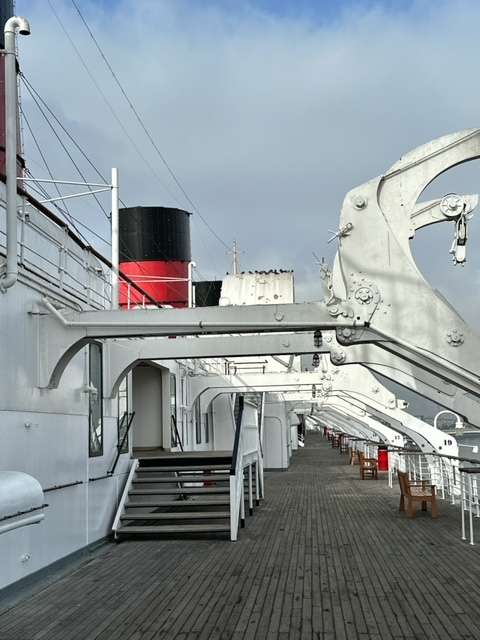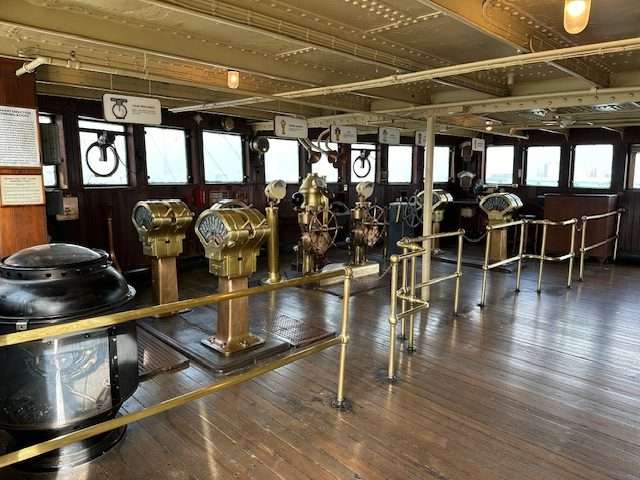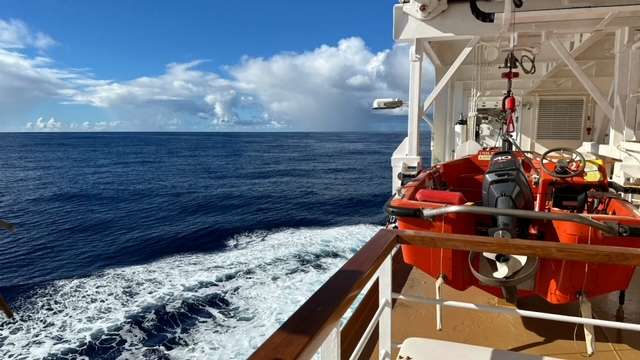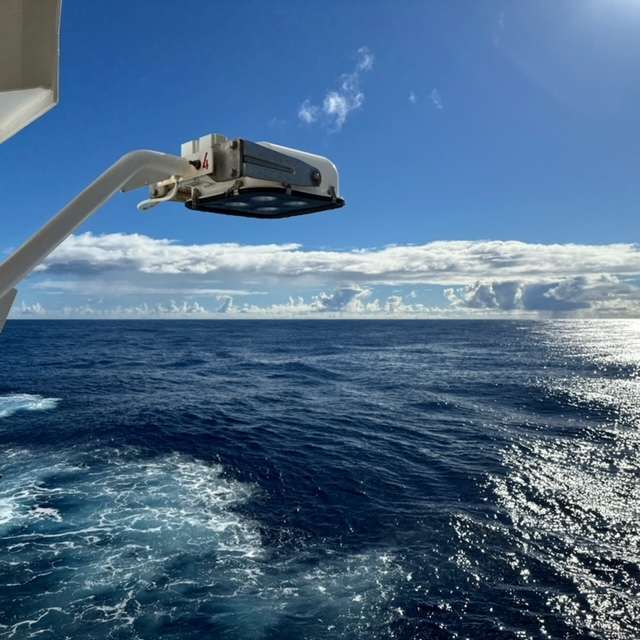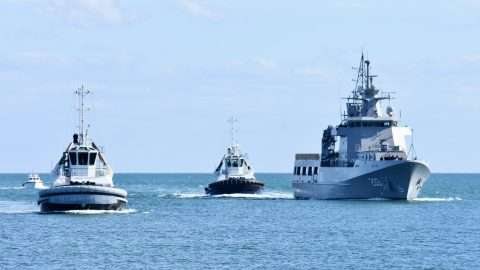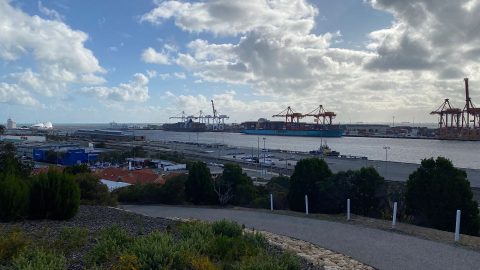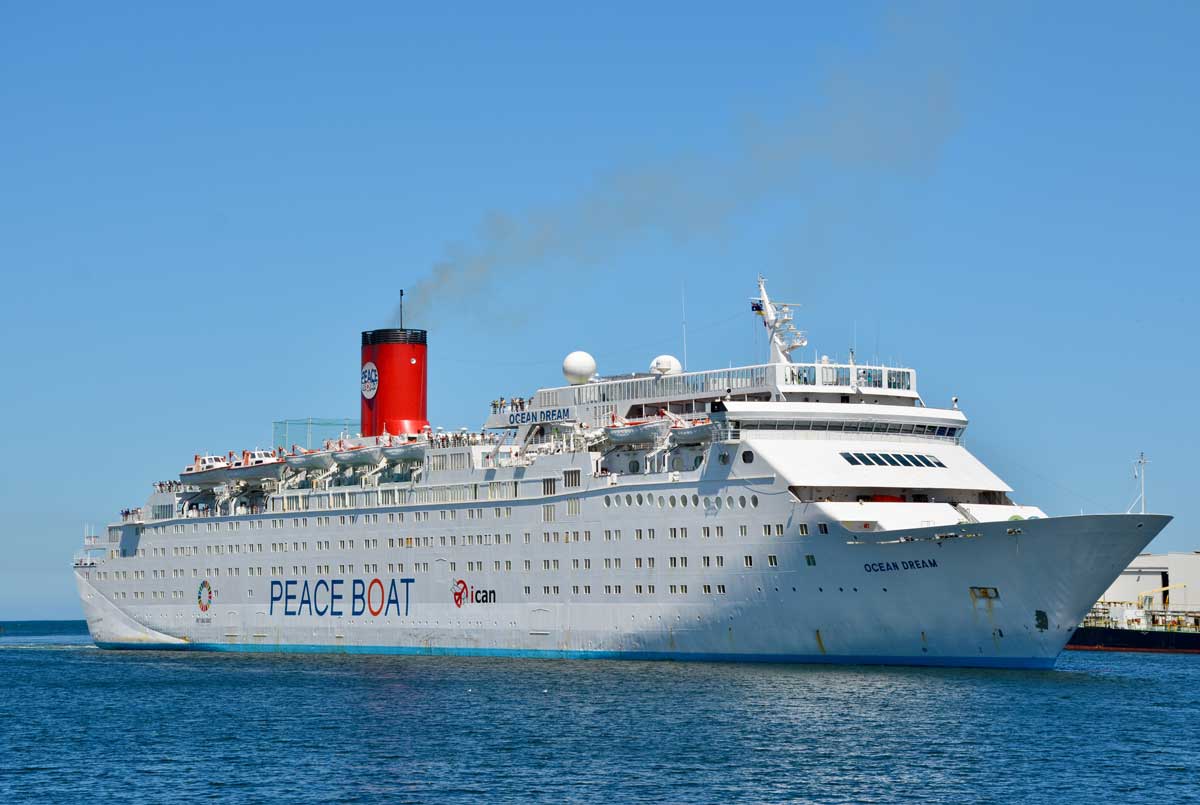This is being written on day three out from Long Beach, California aboard Seabourn Quest, en route to the Hawaiian Islands then onto French Polynesia, the Cook Islands, Niue, Tonga, Russell in New Zealand followed by Waiheke Island and (for us, finally) Auckland.
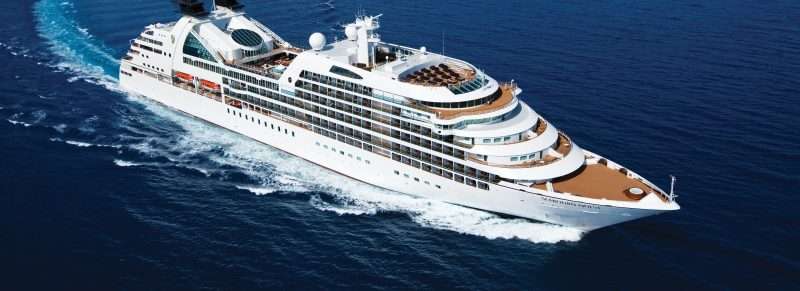
Seabourn Quest. Source Seabourn
Quest then continues around New Zealand and across to Sydney, back around New Zealand and again to Sydney (where we will rejoin) headed for Bali, then on through Southeast Asia for a spell before recrossing the Pacific.
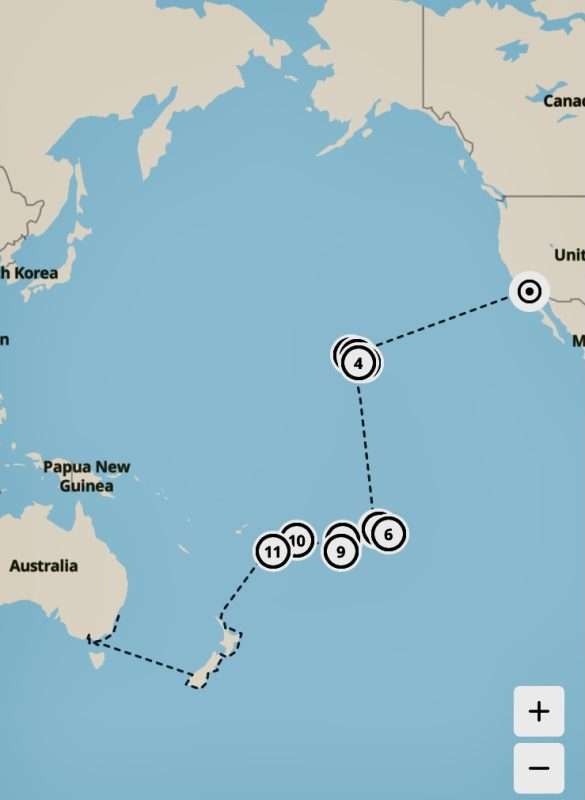
Seabourn Quest sea voyage. Credit Seascanner
That is a typical itinerary for a cruise ship these days and, indeed, most in this part of the world now spend much more time in the Pacific given that Middle East troubles have ruled out using the Suez Canal to reposition ships. Consequently, programming for the Indian Ocean and India itself has almost disappeared.
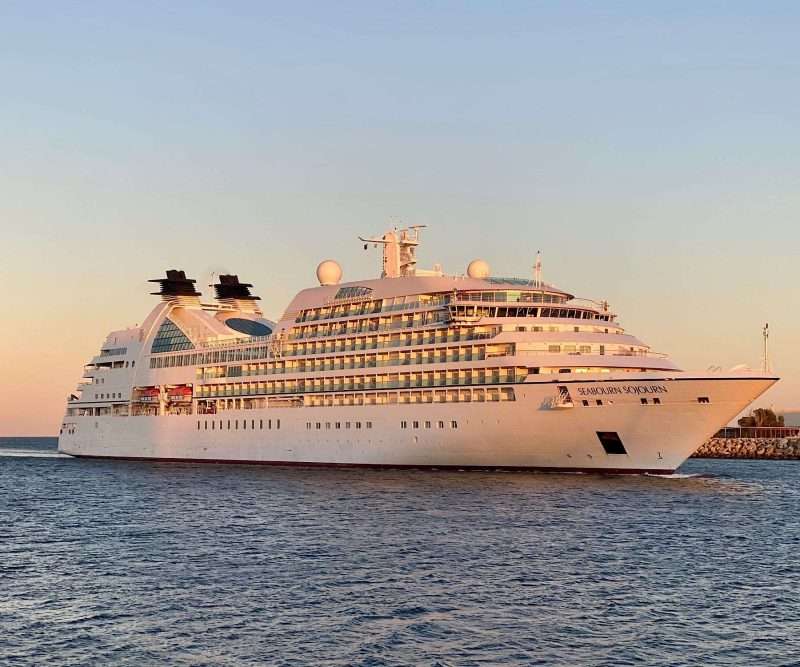
Seabourn Sojourn, Fremantle, March 2023. Credit Fremantle Shipping News
Seabourn Sojourn, Quest’s sister ship, has just left Barcelona on a Grand Africa cruise down the West Africa coast and around to the Seychelles then return, but that is the only time a Seabourn vessel will visit the Indian Ocean for some time. Sojourn was last in Fremantle early 2023, as this story reminds us.
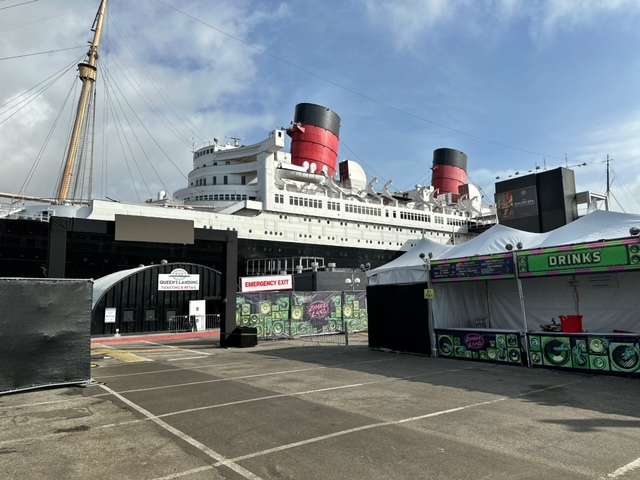
Queen Mary, Long Beach, California, November 2024. Credit Brian Stoddart
Spectacularly, we joined Quest from another ship, sort of. The Cruise Terminal in Long Beach sits right next to the now permanently moored Queen Mary, these days serving as a hotel, and a great reminder of what luxury cruising was once like. Launched in 1936, the QM served until 1967 when the new jet age changed international travel. Over that span, she held the record for the fastest Atlantic crossing several times, and carried all the stars – photographs now show Winston Churchill, as well as stars like Ella Fitzgerald, Bob Hope, the Ink Spots and all the rest.
And during World War II Queen Mary and sister ship Queen Elizabeth served as troop ships with the QM once transporting 16,000 troops on a single voyage – she normally carried 2,140 passengers.
It is evocative to experience what travel then was like. The ship, of course, was divided into “classes” and you can now see, for example, the first class children’s centre which was larger than those of second and third class respectively. Those divisions were repeated across all elements of the ship’s organisation. First class areas, including state rooms, were grander in all respects, their elegant wood panelling finishes disappearing in the lower decks.
The cabins remain pretty much as they were. Reception staff told us cheerfully that the air conditioning generally functions as it always did, fitfully, and the bathrooms are functional more than luxurious, but the older and longer baths are a bonus.
Aside from the first class areas, cabin positioning is quite unlike now. Narrow corridors run off long centre aisles and the cabins are accessed from there, cheek by jowl.
It would have been a spy’s paradise because those panelled walls were clearly neither lined nor sound-proofed. At one point I could hear suitcase zips being opened in the adjoining cabins. No state secrets there, then.
Wandering around the ship was a joy. The grand sweeping stairways remain magnificent while the shopping areas retain a classy air. It would have been a magnificent ship on which to walk while at sea, the broad sweeping decks providing both distance and space. The sun and games decks up top are a quaint reminder of those days and it is easy to imagine how travelling sports teams filled in their days. Dining rooms and bars have the same resonance, and hotel staff are clearly proud of their home.
Externally in places the passage of time shows in peeling paint, rust outbreaks, fading signs and worn equipment. But the small and rudimentary bridge reveals both how basic some of the navigation gear was, and just how far we have come with all the electronic equipment that makes cruising now safer and more comfortable – no stabilisers for the Queen Mary to make life easier during heavy weather.
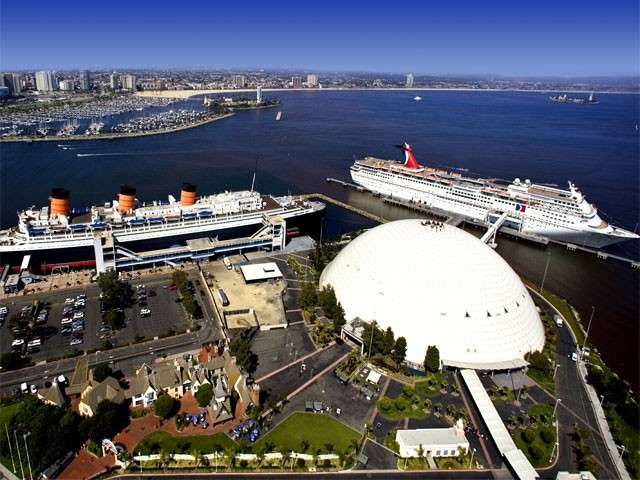
Long Beach Cruise Terminal, Queen Mary on left. Source visitlongbeach.com
The next morning a golf buggy transported us from ship to the Cruise Terminal, leaving behind the distinctively three red but black topped funnelled vessel flanked by a horror show theme park which adds an odd twist to the whole location, and we were soon meeting up with friends and staff members from earlier trips as we found our ways to the stateroom on the Seabourn Quest that will be home for the next thirty three days.
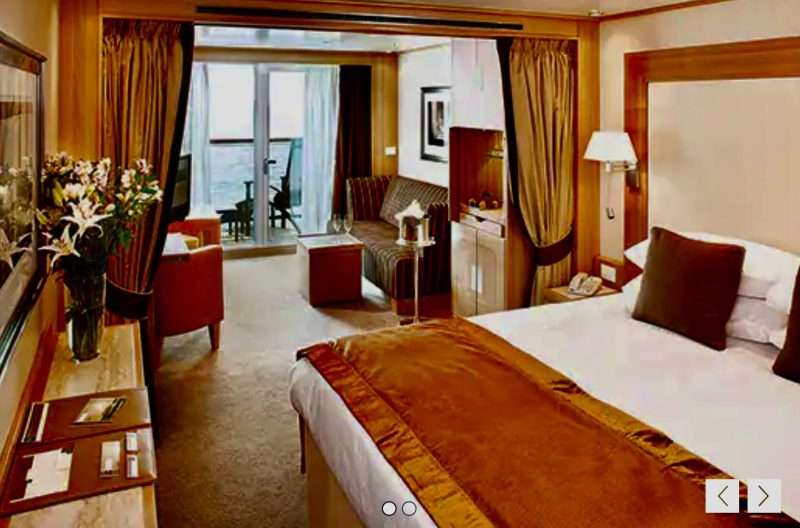
Verandah room, Seabourn Quest. Source Seabourn
First up on the voyage, six straight sea days. Veteran cruisers tend to divide into those who love sea days and those who do not, so this big start is a test for some. Normally, I would do my thing as the Conversationalist and speak every sea day, but on this trip we have four Conversationalists so there is the odd day off. Two of us are speaking on a range of regional topics, a South African adventurer is telling his life story, and the marvellous photographer Erin Manning is showing us all how to get much more out of our cameras and iphones – her sessions are a must.
I am delivering a mix of talks on culture, art, literature, film and shows, international relations, anthropology and history to help guests better understand the places we are travelling through and, hopefully, to entertain them as well. It is always fun to meet the other Conversationalists and all the entertainers who come and go as the voyage progresses.
Now, off to further settle into onboard life, to keep an eye out forward, and to fine tune the next Conversation – on how a myriad of painters, over time, have depicted the Indo-Pacific and helped shape its story.
* By Brian Stoddart. Brian is an Emeritus Professor, Screenwriter – winner of TMFF (UK), KIIFFA (India), Feel the Reel (UK), Bridge Fest (Canada) and Siren International (Australia) competitions, Crime novelist – the four Superintendent Chris Le Fanu novels set in British India and Conversationalist extraordinaire. He is also a regular contributor to Fremantle Shipping News whose previous articles as The Conversationalist All At Sea and a range of feature articles can be found right here!
~~~~~~~~~~~~~~~~~~~~~~~~~~~~~~~~~~~~~~~~
** If you’d like to COMMENT on this or any of our stories, don’t hesitate to email our Editor.
*** WHILE YOU’RE HERE –
PLEASE HELP US TO GROW FREMANTLE SHIPPING NEWS
FSN is a reader-supported, volunteer-assisted online magazine all about Fremantle. Thanks for helping to keep FSN keeping on!
**** Don’t forget to SUBSCRIBE to receive your free copy of The Weekly Edition of the Shipping News each Friday!
*****AND Shipees, here’s how to ORDER YOUR FSN MERCH. Fabulous Tees with great options!
